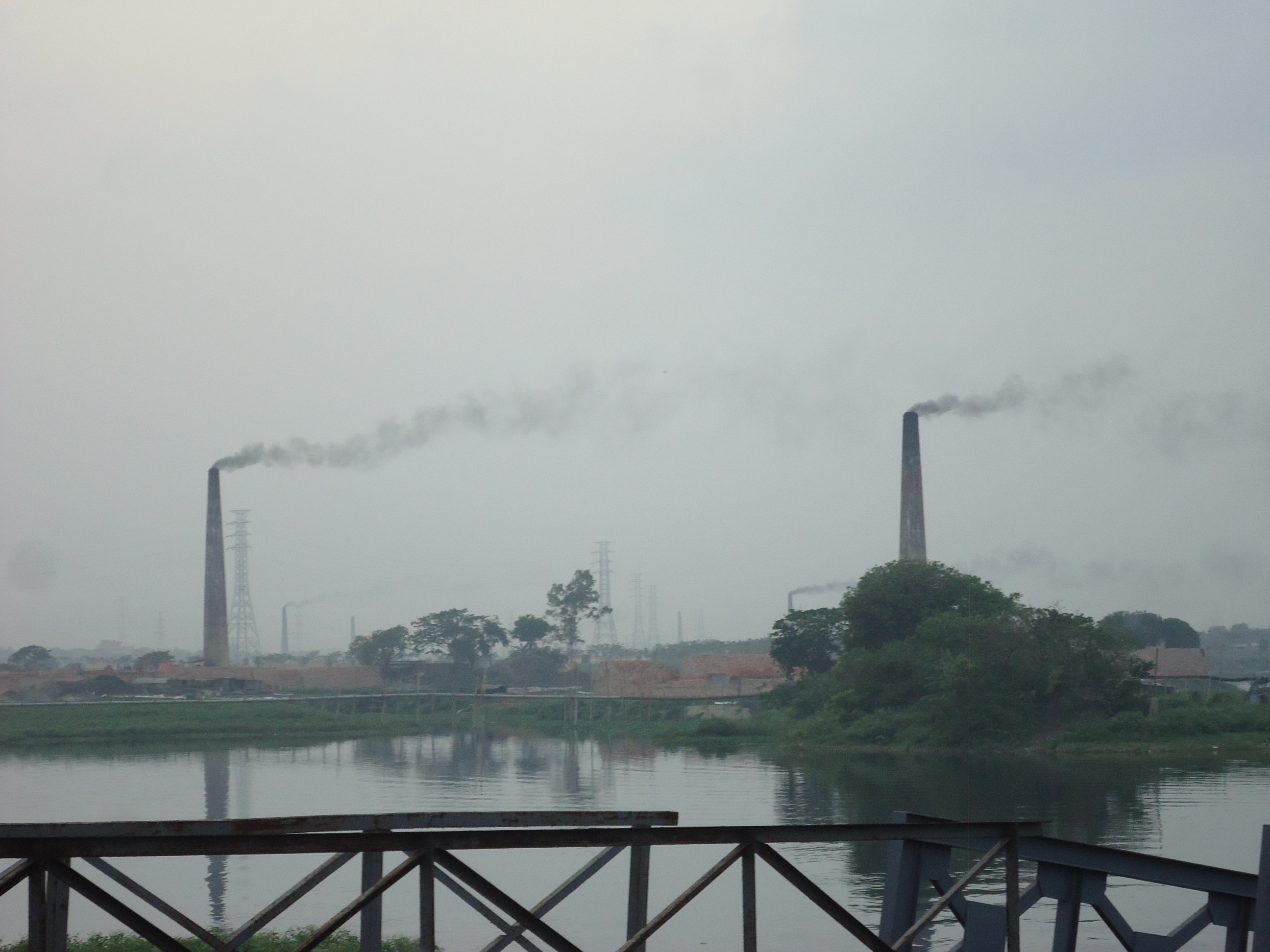Air is polluted with many trace elements, including fine particles, nitrogen dioxide, ground-level ozone and ammonia. The latter looks particularly troubling to Alberto Gonzalez, an air quality expert at EEA. According to him, when ammonia enters the atmosphere, it becomes especially dangerous because it mixes with vehicle emissions and produces new solid particles.
About 94 percent of ammonia emissions in the EU come from agriculture. This area is one of the few where harmful emissions have not significantly decreased since 1990. "It is very important to finally start doing something in agriculture to combat air pollution," said Gonzalez in an interview with DW.
Fine particles are the most deadly cause of air pollution, and their level is especially high in Central and Eastern Europe. Obsolete industrial facilities play a certain role here, however, domestic heating using low-quality fuels — such as coal and wood — is the main reason.
Bulgaria is the most polluted country in the EU. Here, most people die prematurely because of air pollution (per 100 thousand people). Most of these deaths are also associated with fine particles from heating systems, Gonzalez is sure.
At the opposite end of the list is Norway. It is the only country in Europe in which the level of air pollution is significantly lower than the safety standards defined by WHO (which, in turn, are much stricter than EU standards). This was achieved mainly due to effective public policies, such as the promotion of environmentally friendly transport.
Poland, which hosted the 24th United Nations Climate Change Conference (COP24) in December 2018, ranks second after Bulgaria on the list of EU countries with low air quality and associated premature mortality. According to experts, 45 thousand people die from air pollution in Poland every year. According to WHO, 33 cities in Poland are among the 50 most polluted cities in Europe in 2017.
The problem of air pollution in recent years has begun to attract more and more attention in the media, and activities of organizations such as Polish Smog Alert help to attract public attention. According to activists, people's awareness of climate change has also increased.
The pressure from the EU resulted in important changes in Poland, says a representative of the Polish Ministry of Business and Technology. The Polish government finally banned sale of boilers lacking emission control, and announced introduction of an air purification program. More than 25 billion euro will be spent to change the old heaters to more environmentally friendly in the next 10 years in Poland.
Some local authorities act even more quickly. Thus, most of the old coal heating systems in Krakow have already been replaced by a more environmentally friendly alternative. Soon Krakow will become the first city in Poland to ban the use of coal and wood for heating. Such bans have proven effective, for example, in China.
Meanwhile, the European Union introduces its own set of measures to clean the air, which will significantly reduce its pollution in 2030. If EU members adhere to this plan, the number of premature deaths due to dirty air could be reduced by half by 2030, the European Commission said.
source: dw.de
About 94 percent of ammonia emissions in the EU come from agriculture. This area is one of the few where harmful emissions have not significantly decreased since 1990. "It is very important to finally start doing something in agriculture to combat air pollution," said Gonzalez in an interview with DW.
Fine particles are the most deadly cause of air pollution, and their level is especially high in Central and Eastern Europe. Obsolete industrial facilities play a certain role here, however, domestic heating using low-quality fuels — such as coal and wood — is the main reason.
Bulgaria is the most polluted country in the EU. Here, most people die prematurely because of air pollution (per 100 thousand people). Most of these deaths are also associated with fine particles from heating systems, Gonzalez is sure.
At the opposite end of the list is Norway. It is the only country in Europe in which the level of air pollution is significantly lower than the safety standards defined by WHO (which, in turn, are much stricter than EU standards). This was achieved mainly due to effective public policies, such as the promotion of environmentally friendly transport.
Poland, which hosted the 24th United Nations Climate Change Conference (COP24) in December 2018, ranks second after Bulgaria on the list of EU countries with low air quality and associated premature mortality. According to experts, 45 thousand people die from air pollution in Poland every year. According to WHO, 33 cities in Poland are among the 50 most polluted cities in Europe in 2017.
The problem of air pollution in recent years has begun to attract more and more attention in the media, and activities of organizations such as Polish Smog Alert help to attract public attention. According to activists, people's awareness of climate change has also increased.
The pressure from the EU resulted in important changes in Poland, says a representative of the Polish Ministry of Business and Technology. The Polish government finally banned sale of boilers lacking emission control, and announced introduction of an air purification program. More than 25 billion euro will be spent to change the old heaters to more environmentally friendly in the next 10 years in Poland.
Some local authorities act even more quickly. Thus, most of the old coal heating systems in Krakow have already been replaced by a more environmentally friendly alternative. Soon Krakow will become the first city in Poland to ban the use of coal and wood for heating. Such bans have proven effective, for example, in China.
Meanwhile, the European Union introduces its own set of measures to clean the air, which will significantly reduce its pollution in 2030. If EU members adhere to this plan, the number of premature deaths due to dirty air could be reduced by half by 2030, the European Commission said.
source: dw.de





